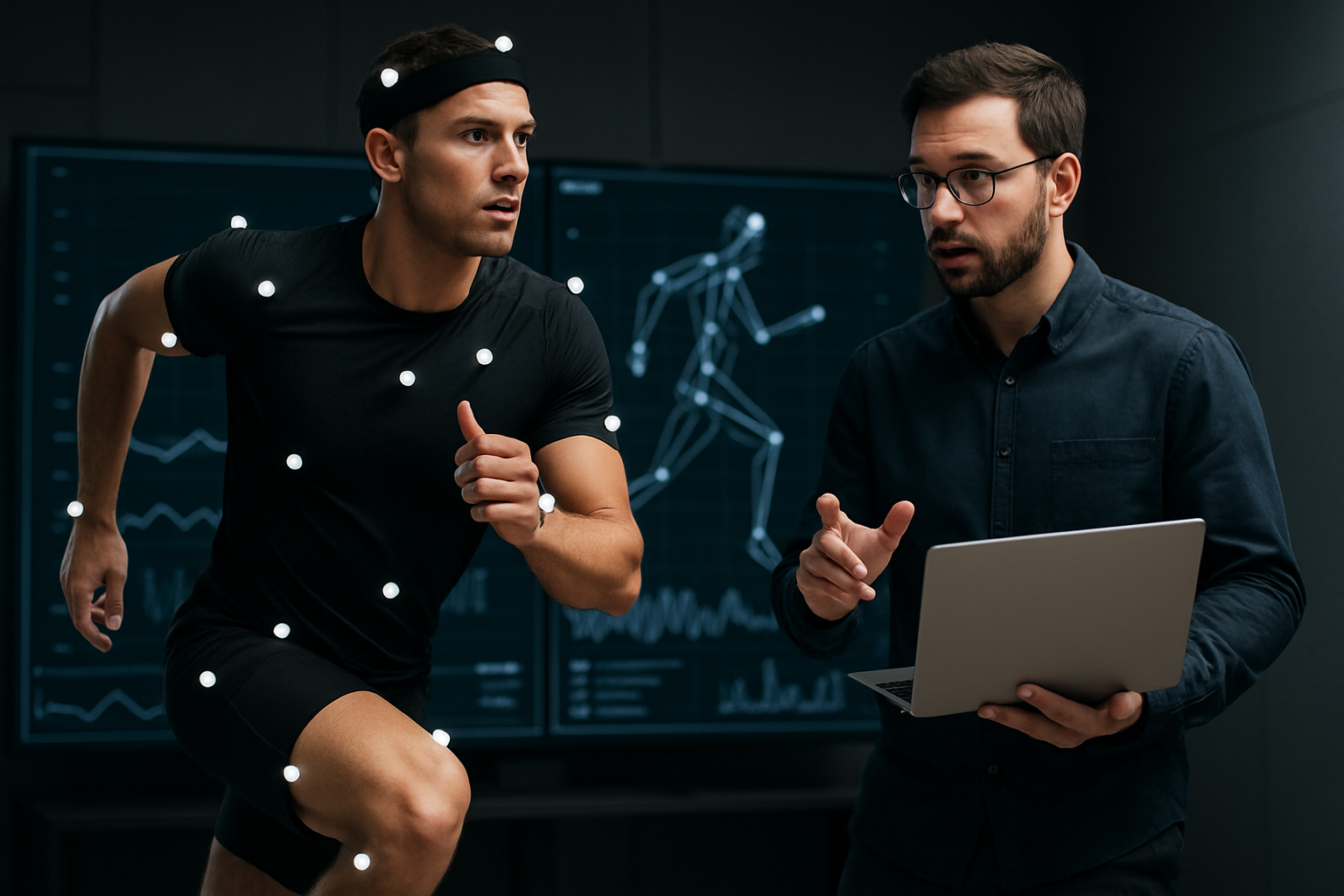Applying recovery science to reduce downtime after competition
Reducing downtime after competition depends on practical recovery strategies informed by science. This overview explains how teams and individual athletes can combine targeted recovery protocols, monitoring tools, nutrition, and coaching adjustments to speed physiological restoration, manage injury risk, and sustain performance across densely scheduled events.

Athletes and support teams increasingly treat post-competition recovery as a science-driven process rather than a one-size-fits-all routine. Integrating physiological markers, individualized protocols, and practical timelines helps minimize downtime while protecting long-term development and resilience. This article outlines how evidence-informed approaches can be applied across athletics contexts—from training cycles to multi-day events—so coaches and practitioners can align tactics with recovery goals.
This article is for informational purposes only and should not be considered medical advice. Please consult a qualified healthcare professional for personalized guidance and treatment.
How does recovery science affect athletics performance?
Recovery science links the biological processes that restore tissues, clear metabolites, and re-establish neuromuscular capacity to practical interventions that preserve performance. For athletes, timely recovery enables consistent training loads and reduces performance decline between sessions or competitions. Objective measures such as heart-rate variability, perceived exertion, and simple functional tests help quantify readiness. Using these measures, coaching staff can tailor rest periods and active recovery to maintain peak performance without increasing injury risk.
What recovery strategies aid training and injury prevention?
Practical recovery strategies balance rest, active recovery, and progressive loading so training adaptations continue while injuries are minimized. Controlled active recovery—low-intensity cycling, mobility work, or guided stretching—can accelerate blood flow and reduce stiffness. Sleep optimization and scheduled deloads protect tissues from chronic overload. When injury occurs, graded rehabilitation and load monitoring support return-to-play timelines that prioritize tissue healing and movement quality over rapid progression, reducing the chance of recurrence.
How do analytics and wearables inform recovery planning?
Wearables and analytics provide continuous, objective data streams—step counts, training load, sleep duration, and heart-rate metrics—that help quantify stress and recovery. Trend analysis across datasets highlights deviations in recovery patterns and flags early signs of maladaptation. Combining device data with contextual information from coaching and athlete feedback produces richer insights, enabling individualized recovery prescriptions and timely tactical adjustments during competition windows.
What role does nutrition play in recovery and development?
Nutrition is central to metabolic recovery, tissue repair, and adaptation. Adequate carbohydrate intake replenishes glycogen stores after prolonged efforts, while protein supports muscle repair and synthesis. Hydration and micronutrient status influence recovery capacity and immune function. Periodizing nutrition to match training and competition demands accelerates development and reduces downtime—especially when integrated with other recovery modalities and guided by sports nutrition expertise.
How can coaching and tactics reduce downtime after matches?
Coaching decisions and match tactics materially affect post-competition recovery. Managing substitution patterns, pacing strategies, and workload distribution across a tournament can reduce acute fatigue and cumulative load. Coaching plans that incorporate recovery windows—both within a match and across the schedule—help athletes sustain performance levels. Clear communication between coaches, medical staff, and athletes ensures recovery protocols match tactical aims and competition demands.
How do fans, environment, and context influence recovery approaches?
External factors such as travel, crowd intensity, and climate impact physiological stress and recovery needs. Long travel or humid conditions increase fluid and sleep disruption risks, requiring adjusted recovery plans. Fan-driven scheduling pressures can compress recovery windows; teams that anticipate these constraints can pre-plan nutrition, sleep logistics, and light-intensity recovery sessions to mitigate added strain. Context-aware strategies allow development of robust routines that work in real-world competitive settings.
Athlete monitoring and continuous refinement anchor effective recovery programs. Integrating wearable analytics, individualized nutrition plans, tactical load management, and evidence-based rehabilitation reduces unnecessary downtime and supports consistent development. By treating recovery as an active, data-informed component of coaching and training, teams and practitioners can align short-term restoration with long-term performance and health outcomes.





